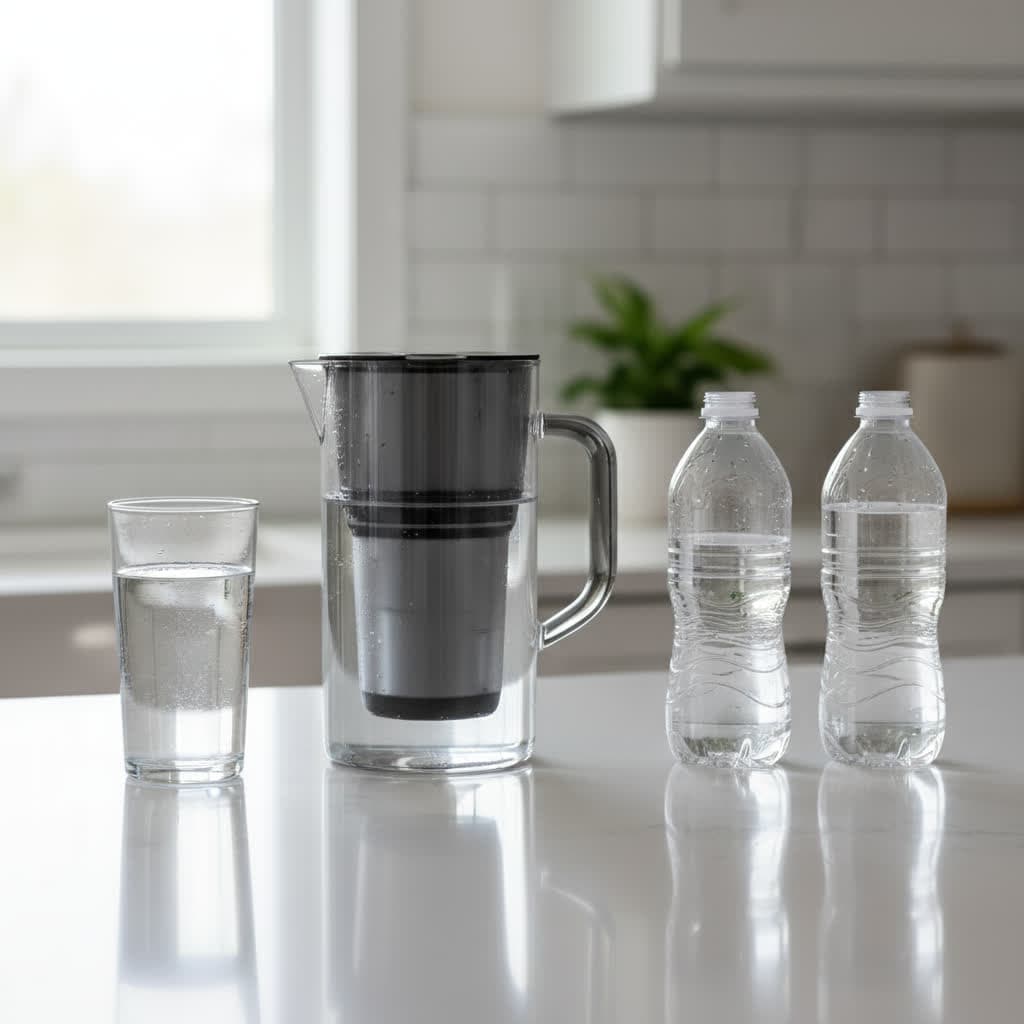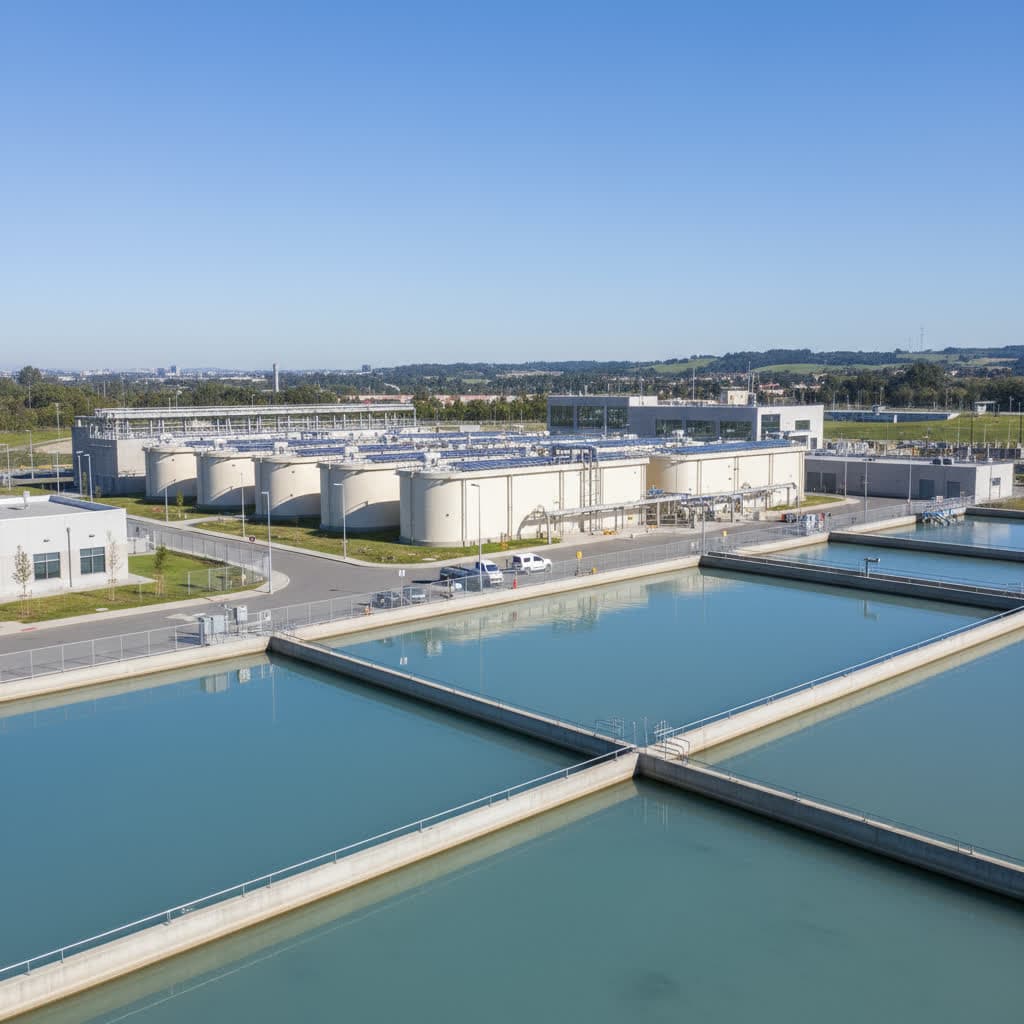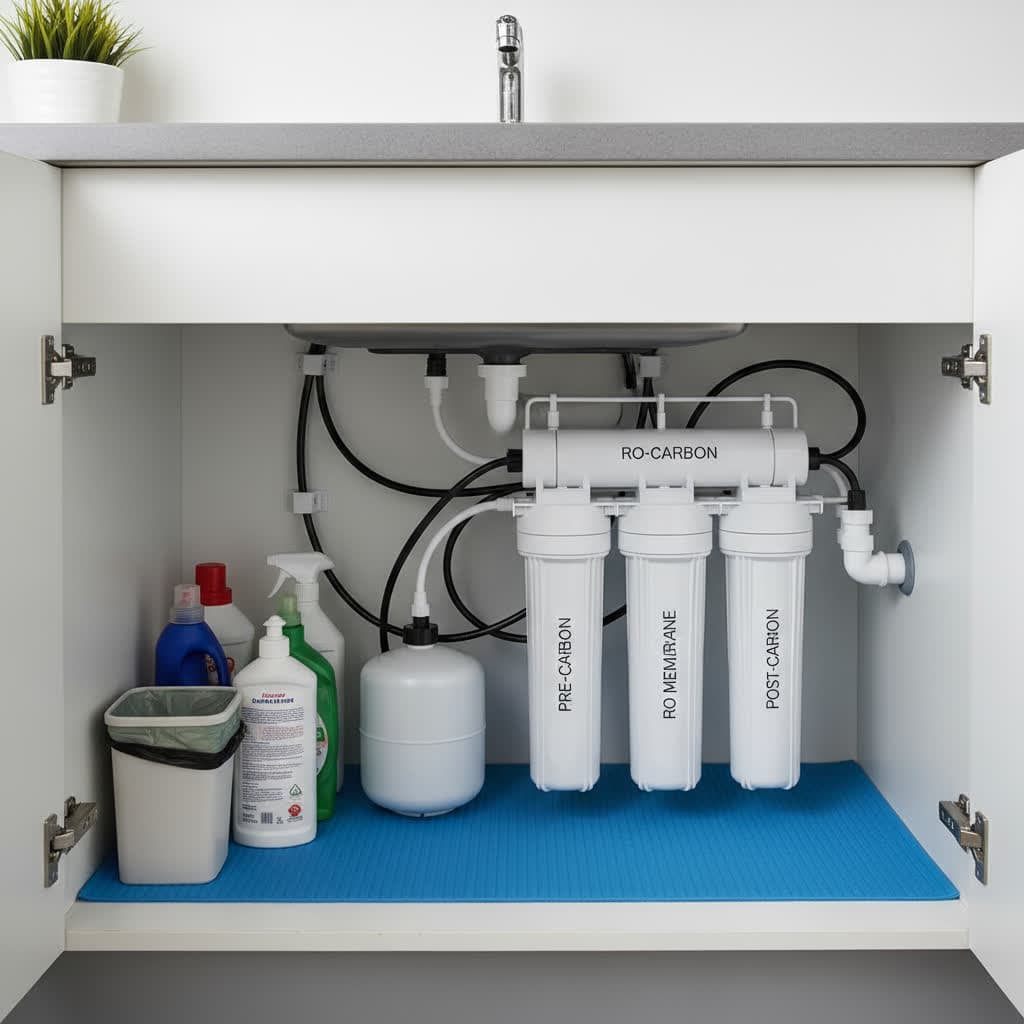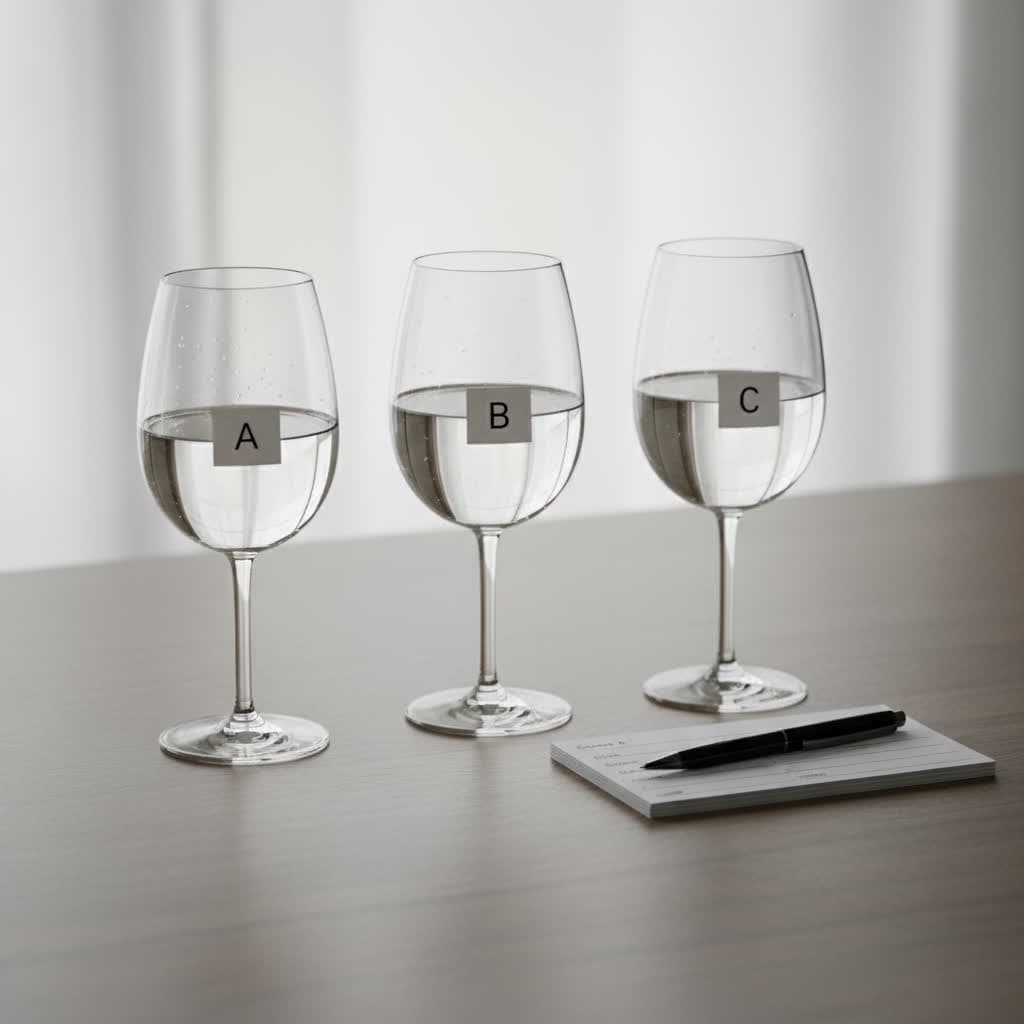Tap Water vs Bottled Water vs Filtered: Which Is Really Safer?
Choosing your daily drinking water seems simple—until you factor in safety, taste, cost, and sustainability. Is tap water safe where you live? Are bottled options really cleaner? Do filters make a practical difference? This guide compares all three, explains water contaminants and regulations, and gives a clear plan for different regions and use-cases.

Tap Water: What “Safe” Means and When It Varies
In most developed cities, tap water is continuously treated and tested. Utilities disinfect (e.g., chlorine/chloramine), filter particulates, and adjust pH, then publish annual water quality reports. Tap is usually the lowest-cost, lowest-waste option—and, in many places, as safe as bottled water.
Where tap water can fall short
- Aging pipes (lead) in older buildings or service lines can leach metals. Point-of-use lead-certified filters (NSF/ANSI 53) provide a strong safeguard.
- Localized events (floods, treatment failures) can trigger boil-water advisories. Follow local guidance; short-term bottled or boiled water may be advised.
- Private wells aren’t regulated like municipal systems. Well owners should test regularly and consider disinfection/filtration.
Action step: Look up your city’s Consumer Confidence Report (CCR) and compare to safe limits. If taste or specific contaminants bother you, add a certified filter at the tap.

Bottled Water: Convenience with Trade-offs
Pros
- Sealed, portable, consistent taste.
- Useful during travel, disasters, or where tap is unsafe.
Cons
- Not inherently “safer” than regulated tap; standards are comparable.
- Can contain microplastics from packaging; heat exposure can worsen leaching.
- Cost is dramatically higher than tap; plastic waste is substantial.
- Many products are simply filtered municipal water in a bottle.
Practical take: Keep a few bottles for emergencies or travel. For daily hydration at home or office, tap or filtered tap wins on safety parity, cost, and sustainability.
Filtered Water: What Filters Actually Do
Home filtration lets you keep tap’s low cost and eco profile—while targeting taste and contaminants.
Filter types and targets (match tech to problem)
- Activated carbon (NSF/ANSI 42, 53)
Improves taste/odor (chlorine), reduces many organic chemicals; models certified to 53 can reduce lead and some disinfection byproducts. - Reverse osmosis (NSF/ANSI 58)
Multi-stage; removes dissolved solids (e.g., arsenic, nitrate, fluoride, many PFAS), and metals. Often includes pre/post carbon; may add remineralization for taste. - UV / ultrafiltration / distillation
For microbial risks (UV, UF) or broad impurity removal (distillation). Best for wells or regions with biological concerns.
Choose certified products: Look for NSF/ANSI marks that match your concern (42 taste/odor, 53 health contaminants like lead, 58 RO, 401 emerging contaminants). Replace cartridges on schedule—an expired filter is false security.

Safety, Cost, and Sustainability—Side by Side
Safety
- Tap: Strong in most developed regions; verify local CCR. Add a filter for lead, PFAS, or byproduct concerns.
- Bottled: Safe, but not categorically safer; beware heat-stored bottles and microplastics.
- Filtered: Adds targeted protection; best when certified and maintained.
Taste
- Tap: Chlorine notes common; carbon filtering usually solves it.
- Bottled: Consistent; mineral waters have distinct profiles.
- Filtered: Neutral, “crisp”; customizable (carbon, remineralization).
Cost (yearly, household)
- Tap: Lowest by far.
- Bottled: Highest (often 1000–2000× tap per liter).
- Filtered: Low ongoing (cartridges), pays back quickly vs. bottled.
Sustainability
- Tap: Minimal footprint, no packaging.
- Bottled: Plastic production + transport; low recycling rates in many regions.
- Filtered: Small cartridge waste, far lower impact than bottled.
Region-Specific Guidance
- U.S. / Canada / Western Europe
Default to tap; add a certified filter if your CCR indicates issues or for taste. Keep a few bottles for emergencies. - Eastern Europe / Rural areas / Private wells
Consider testing and filters (lead, iron, microbes). UV or RO may be appropriate. - Developing nations / Travel
Where tap isn’t treated or reliable: use bottled from trusted sources, boil, or portable purifiers (filter + UV). - Special cases
Infant formula mixing, immunocompromised individuals: consider boiled or filtered (RO + remineralization or carbon + UV), per clinician advice.
How to Decide (Quick Playbook)
- Check your water report (or test your well).
- Pick concerns (taste? lead? PFAS? microbes?).
- Match technology (NSF/ANSI 42, 53, 58, 401, UV).
- Maintain (filter changes on time).
- Carry reusable bottles; keep a small bottled reserve for outages/travel.
Internal links:
- [Insert link to hydration guide]
- [Insert link to water safety checklist]
- [Insert link to PFAS / contaminants explainer]

Bottom Line
For most readers in developed regions, tap water—optionally filtered—is the safest, most cost-effective, and most sustainable choice. Use bottled strategically for travel, emergencies, or short-term advisories. If you want the best of both worlds, install a certified filter that targets your local issues and enjoy clean water—minus the plastic and price tag.
Find Your Local Hydration Needs
Get personalized hydration recommendations based on your local climate and weather conditions: